arXiv:2210.15875v1 [eess.SY] 28 Oct 2022
1
Dynamic Event−Triggered Discrete−Time Linear
Time−Varying System with Privacy−Preservation
Xuefeng Yang, Li Liu, Member, IEEE, Wenju Zhou, Member, IEEE, Jing Shi, Yinggang Zhang, Xin Hu and
Huiyu Zhou
Abstract—This paper focuses on discrete-time wireless sensor
networks with privacy-preservation. In practical applications,
information exchange between sensors is subject to attacks. For
the information leakage caused by the attack during the informa-
tion transmission process, privacy-preservation is introduced for
system states. To make communication resources more effectively
utilized, a dynamic event-triggered set-membership estimator
is designed. Moreover, the privacy of the system is analyzed
to ensure the security of the real data. As a result, the set-
membership estimator with differential privacy is analyzed using
recursive convex optimization. Then the steady-state performance
of the system is studied. Finally, one example is presented to
demonstrate the feasibility of the proposed distributed filter
containing privacy-preserving analysis.
Index Terms—Set-membership estimation, wireless sensor net-
works, privacy-preservation, event-triggered scheme.
I. INTRODUCTION
DISTRIBUTED computing is the sharing of information
among multiple pieces of software, which can run on a
single machine or connecting by multiple computers over a
network. Distributed computing applications are decomposed
into multiple small parts and distributed to multiple comput-
ers for processing, which allows for reducing running time
and sharing resource. Therefore, state estimation based on
distributed computing has become a popular research topic
[1]–[3].
Wireless sensor networks (WSNs) are mainly multi-hop
self-organized distributed sensing networks, which are formed
by large amount sensor nodes on the basis of wireless com-
munication technology. Due to the advantage of the unre-
stricted formation, the uncertain network structure and the
decentralized control among sensor nodes, WSNs are widely
used in military [4], industrial [5] and commercial fields [6].
However, performing efficient distributed processing is an
extremely challenging topic, a great deal of studying on this
topic are conducted, such as Kalman filter [7], [8] and H∞
filter [9], [10]. Kalman filter is mainly applied to systems
with deterministic noise or models [11], [12]. Considering the
different applications in practice, to improve the performance
of the traditional Kalman filter, novel methods are proposed,
such as the unscented Kalman filter, the extended Kalman
filter and the cubature Kalman filter [13]–[15]. When the
noise or system model is uncertain, H∞filter is applied to
obtaining more accurate estimates and ensures the robustness
of the system [16]–[19]. However, in practical engineering
applications, due to the noise complexity and modeling im-
precision, the inaccurate values or even very terrible results
are caused during the estimation process. The set-membership
estimator (SME) is more suitable for solving such problems
under unknown but bounded (UBB) noise [20]. In recent
years, the ellipsoid algorithm in the SME algorithm has been
extensively studied [21]–[23]. The ellipsoid algorithm mainly
restricts the bounded noise to a set of ellipsoids. However, The
ellipsoid algorithm is first transformed into a recursive convex
optimization problem, which is then solved using interior point
polynomials.
Information exchange between sensors is required in most
estimation algorithms, which means that sensors need to
broadcast information to their neighbors within a specific
sampling period. However, continuous or periodic information
exchange between sensors consumes a lot of communication
resources, which can even lead to network congestion or
packet loss [24], [25]. Therefore, designing a feasible algo-
rithm to decrease the frequency of data transmission between
sensors is important for the sustainable use of communication
resources. In practical research, event-triggered schemes (ETS)
are divided into static event-triggered schemes (SETS) [26]
and dynamic event-triggered schemes (DETS) [27]–[29]. The
threshold parameter of SETS is a fixed scalar, while DETS
introduces an auxiliary parameter for the threshold. Auxiliary
dynamic variables and dynamic threshold parameters are two
typical algorithms for DETS. Since the DETS has higher
resource utilization than SETS, DETS is more widely used.
Meanwhile, the advent of information era has infringed
the network information security. During the information
exchange, information tampering and leakage, the transmis-
sion procedure is confronted with the main threats to net-
work communication [30]–[33]. Similarly, the openness of
interactive channels inevitably brings threats to information
security. Therefore, it is necessary to protect the privacy of
information. There are two main privacy-preserving meth-
ods: specially designed random noise and differential privacy
methods. However, differential privacy methods have been
widely studied due to the rigorous formulation derivation in
the application and the proven security [34], [35]. Differential
privacy methods protect the privacy of information using
random states. It is very difficult for an attacker to deduce
the real information. To prevent the data from being tampered
and leaked during the exchange of sensor information, the filter
estimation that incorporates privacy-preserving still needs to
be further explored.
However, in reality, the existing models are unable to
address several challenges at the same time. Firstly, the com-
plexity of the noise leads to inaccurate models, despite simple
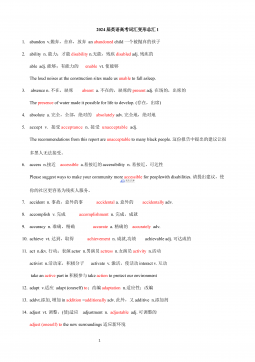
 2024-12-06 4
2024-12-06 4
 2024-12-06 11
2024-12-06 11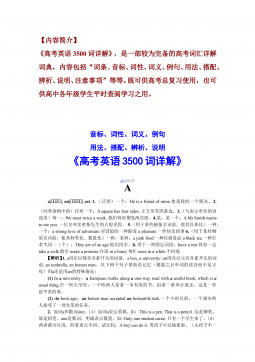
 2024-12-06 29
2024-12-06 29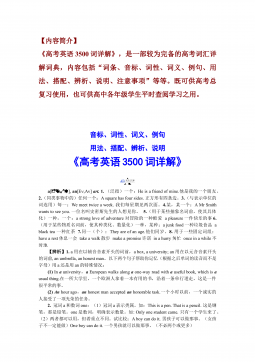
 2024-12-06 26
2024-12-06 26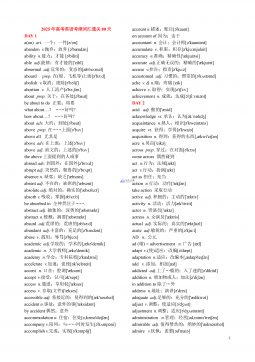
 2024-12-06 29
2024-12-06 29
 2024-12-06 11
2024-12-06 11
 2024-12-06 35
2024-12-06 35
 2024-12-06 12
2024-12-06 12
 2024-12-06 39
2024-12-06 39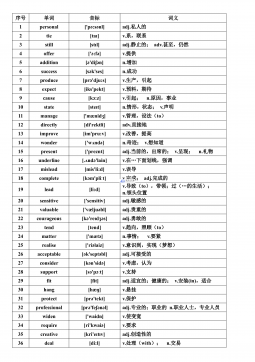
 2024-12-06 27
2024-12-06 27






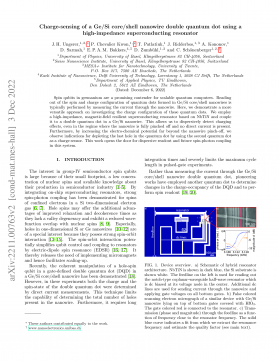
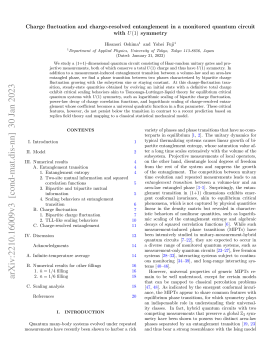
 渝公网安备50010702506394
渝公网安备50010702506394
